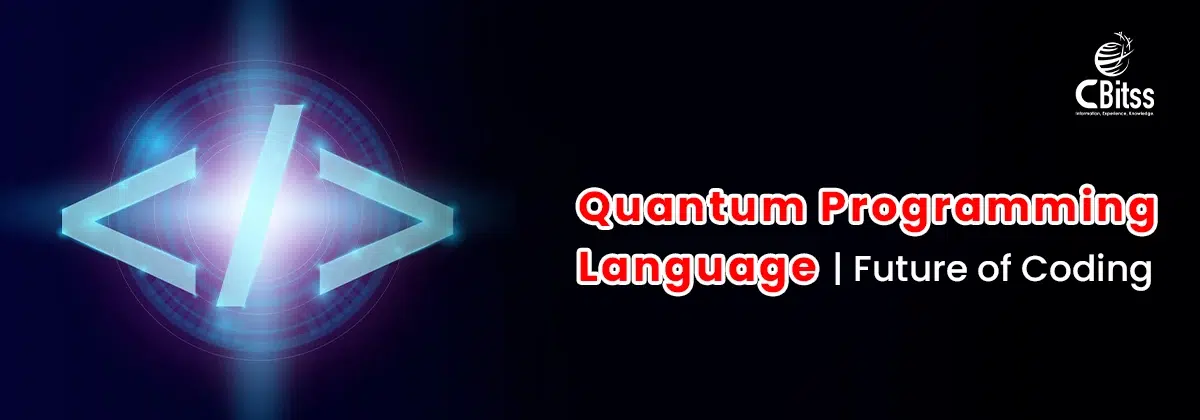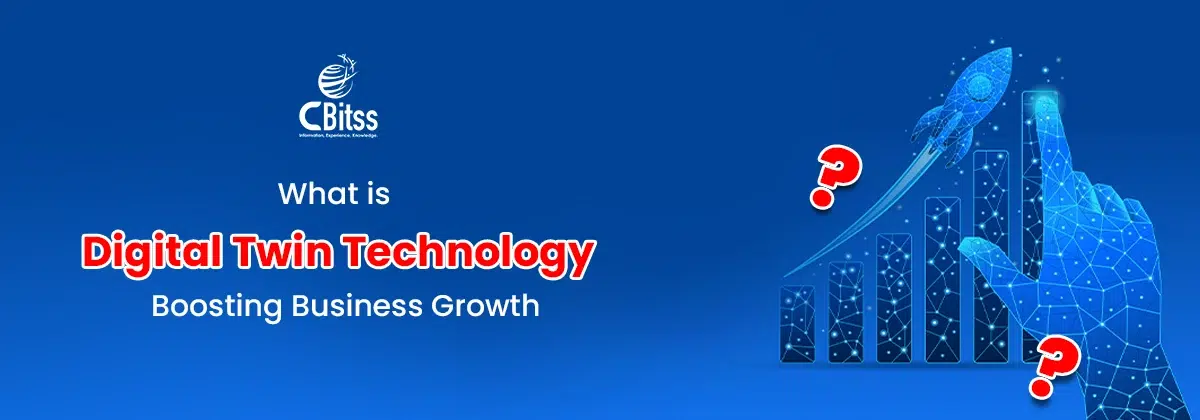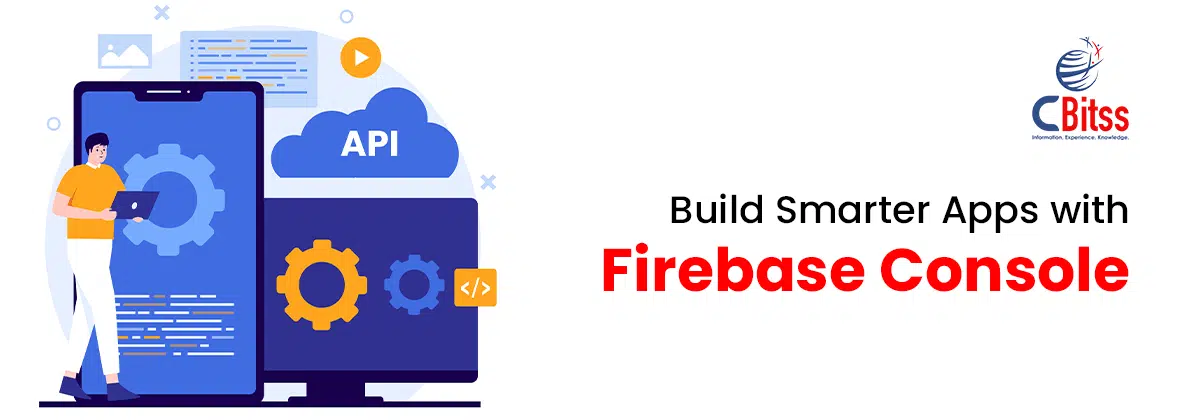Table of Contents
ToggleIntroduction
Flutter is a UI software development kit started as well as maintained by Google. It is one of the most widely used and well-known frameworks in mobile application development at the moment. There is no doubt, it has provided developers a way to develop elegant and highly impacting applications for multiple devices with ease. In this blog, we will take a close look at what Flutter is. We’ll understand the basics of Flutter. Also, the essentials to get you started with this cutting-edge framework.
What is Flutter?
Flutter is a mobile and web application development framework created by Google. It is used to develop the natively compiled application for IOS, Android, web, and Desktop. It is based on the Dart programming language. Among its numerous advantages is the availability of a carefully selected set of basic widgets. Along with significant possibilities for implementing high-quality interface design procedures.
Flutter allows developers to build a Flutter app from scratch and launch cross-platform applications faster than ever before.
If you’re exploring how to build Flutter app from scratch or want to explore Flutter and Dart courses, Flutter’s framework is flexible and beginner-friendly.
The Dart Programming Language
As it has been pointed out, Dart is the foundational language of the Flutter Framework. So it will be important for developers to learn it. Dart is a relatively new language, based on the object-oriented paradigm. It supports a strong typing system and is designed for asynchronous programming. The syntax of Dart is similar to its relatives, for example, Java and JavaScript. Although knowledge of the Dart language is advantageous, Flutter’s support and information database can be utilized by various professionals without much hardship.
Many bootcamp Flutter and Dart programs now focus on hands-on experience using real-world use cases.
Understanding the language in Flutter is crucial for performance optimization and smoother UI design.
Widgets
With the focus on widgets present at its core, Flutter can be regarded as a set of tools for assembling user interfaces. Flutter has a countless number of widgets, simple ones such as buttons. And text fields as well as advanced widgets, including layout, animations. In the case of the widgets, most of them allow developers to edit the features and add layout flexibility to enable the functioning of the application across various screen sizes or layouts. Exploring Flutter open-source projects is one of the best ways to master widget usage and layout design in real-world scenarios.
Learn Flutter fundamentals and build modern cross-platform apps with expert-led training.
State Management
State management is one of the essential processes within any application. Flutter provides several ways to perform it. This means that Flutter’s reactive framework can help developers rapidly refresh the existing UI according to the availability of updated applications’ status. Whatever you decide to use from the Flutter SDK, such as setState(), or any third-party libraries, such as Provider, Redux, or MobX. State management is a crucial factor in creating effective apps in Flutter. Many Flutter beginner to advanced tutorials focus heavily on state management due to its significance in app logic.
Layouts and Styling
Flutter also offers its layout system that gives developers freedom and means to create UIs that meet the demands of the modern world. Specifically, by employing Rows, Columns, Containers, and Flex widgets. The system provides ways to manage the UI elements in rows, columns, a grid, or various other layouts. Also, Flutter offers themes, fonts, colors, and gradients, providing the freedom to meet branding expectations or individual designer flavor to the project.
Navigation and Routing
One of the fundamental features in the use of smartphones has particularly grown to be important in mobile application development. It is navigation that involves movement from one screen or view to another. Flutter comes with a material design out of the box that has features that can aid navigation. AppBars, Bottom AppBars, and Scaffolds that can be used to manage navigation stacks, transitions, and data passing between pages. Regardless of the case, basic link/organizational buttons, lower/upper navigation bars, or tabs/ views, Flutter gives you all the necessary elements for creating perfect fluid and natural effects.
Understand Flutter architecture, widgets, and tools to kickstart your development journey.
Testing and Debugging
A suitable Flutter programming practice involves comprehensive testing and debugging. It is as they play critical roles in assessing the integrity of applications. Flutter provides a built-in set of tools to test it, so there are several options available to test the code. Starting with unit testing, widget testing, and integration testing. Also, the hot reload feature, which is a native feature in Flutter, is very useful in that it makes it easier for developers to debug or even fix problems as they build.
Using tools like Flutter DevTools and VS Code extensions helps streamline bug detection for apps built from scratch.
Optimizing Performance
This is a critical optimization aspect to ensure users are able to interact with the applications without freezing, lagging, or any other slow response. The rendering engine of Flutter, backed by Skia, offers hardware acceleration in graphics and has the best methods for rendering widgets and controls. There are no specific areas for performance improvement in the widgets, but all the developers can do more about rebuilding of widgets. Thereby reducing re-rendering and resource management to enhance the efficiency of the widgets in other devices and operating systems.
Deployment and Distribution
Therefore, after growing and perfecting your Flutter app, the next process is deployment and distributing your creation. Flutter targets the deployment on various platforms like iOS, Android, web, and desktop. Hence, the developers can develop the application and deliver it to multiple users easily. The App distribution process of your app whether it is to the Apple App Store or, Google Play Store. A web or desktop application is made easy by Flutter with detailed tools and documentation to help.
You can now easily launch Flutter app on Google Play Store using automated workflows from tools like Codemagic and GitHub Actions.
Flutter also supports CI/CD pipelines for faster testing and delivery.
Community and Resources
Another advantage of Flutter and one of the factors that is constantly driving its development is the active community of developers who support the framework. Websites, blogs, social media groups, official documentation, and tutorials are some of the sources that can provide ample knowledge and required resources for learning and growth of an amateur Flutter developer. Flutter consistently offers assistance, motivation, and resolutions. You can also explore the top 5 Flutter institutes offering structured training and flutter and dart courses globally and in India.

J. Julia Kamei is a professional content writer with 4+ years’ experience creating impactful content for clients in the USA, India, Canada, the UK, and Europe. An M.A. History graduate, she specializes in immigration, business, IT, digital marketing, AI, and Data Science. She also mentors students for international education and research.







